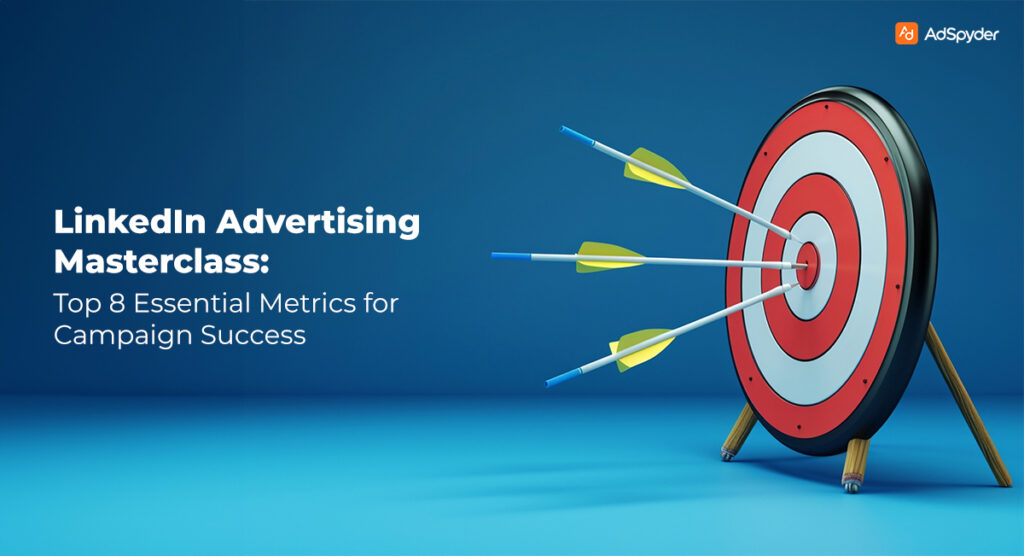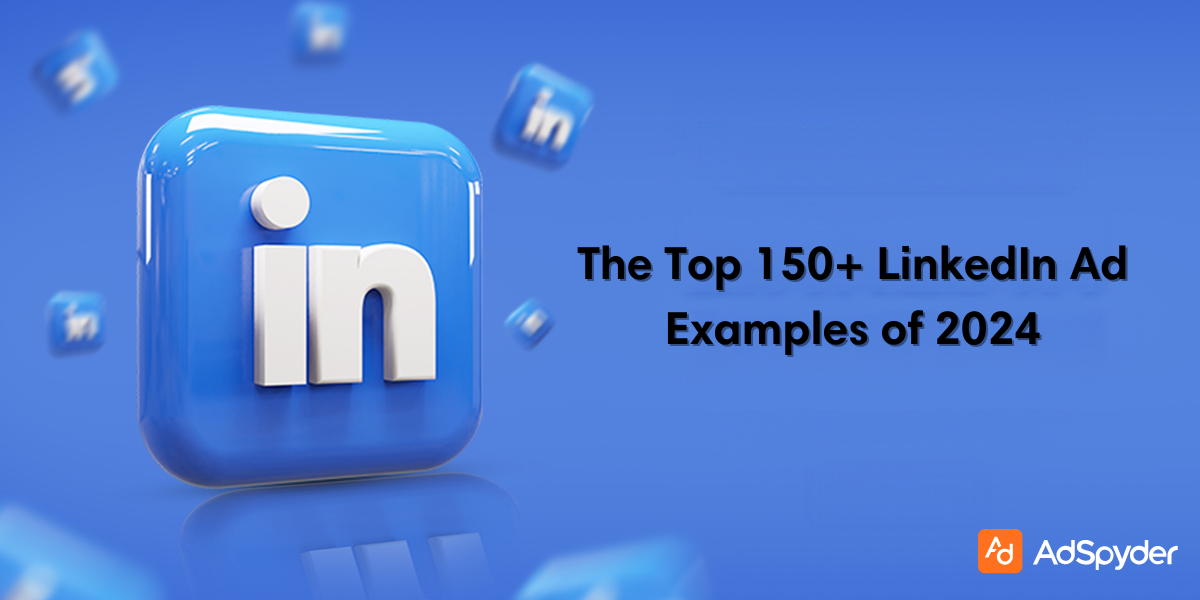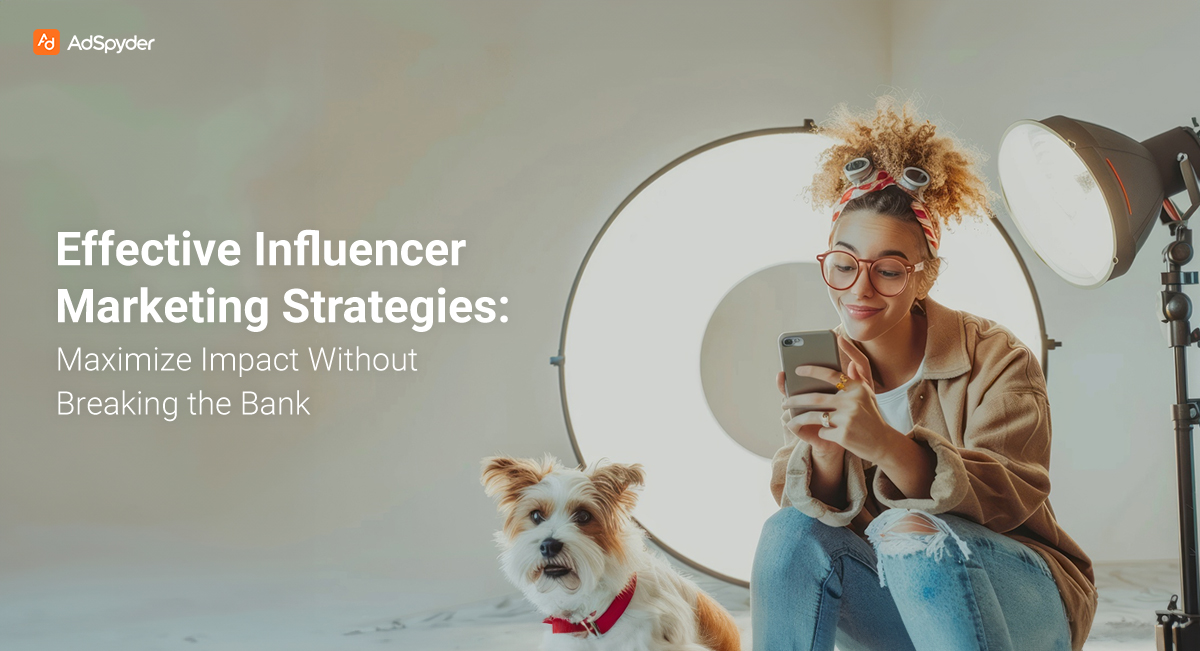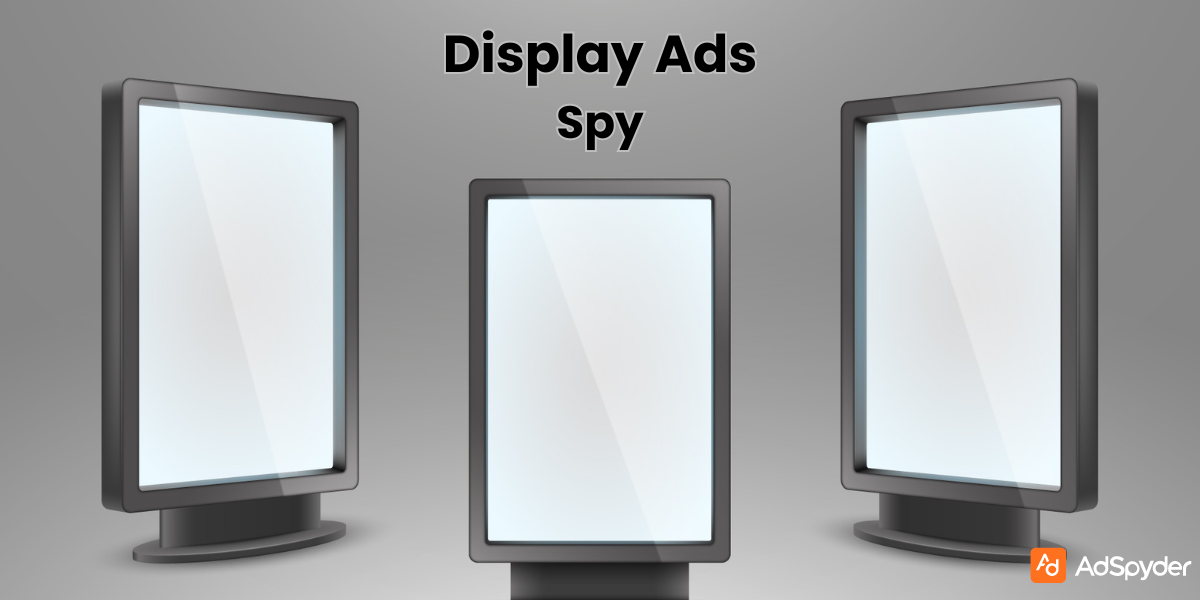Knowing the right metrics can really help your LinkedIn Ad Campaign. This article shows 8 key metrics to improve your LinkedIn Ads Metrics Mastery. Read on for tips that could change how you advertise. First, watch your clickthrough rate. It tells if people find your ads interesting. Next, check conversion rates – are viewers taking action? Lead generation is also crucial; it measures if you’re attracting potential customers. Don’t forget about lead generation forms completion rate. This shows if people want what you offer. Also, look at campaign demographics to understand who’s interested in your ads.
Navigating LinkedIn Ad Metrics: What Matters Most
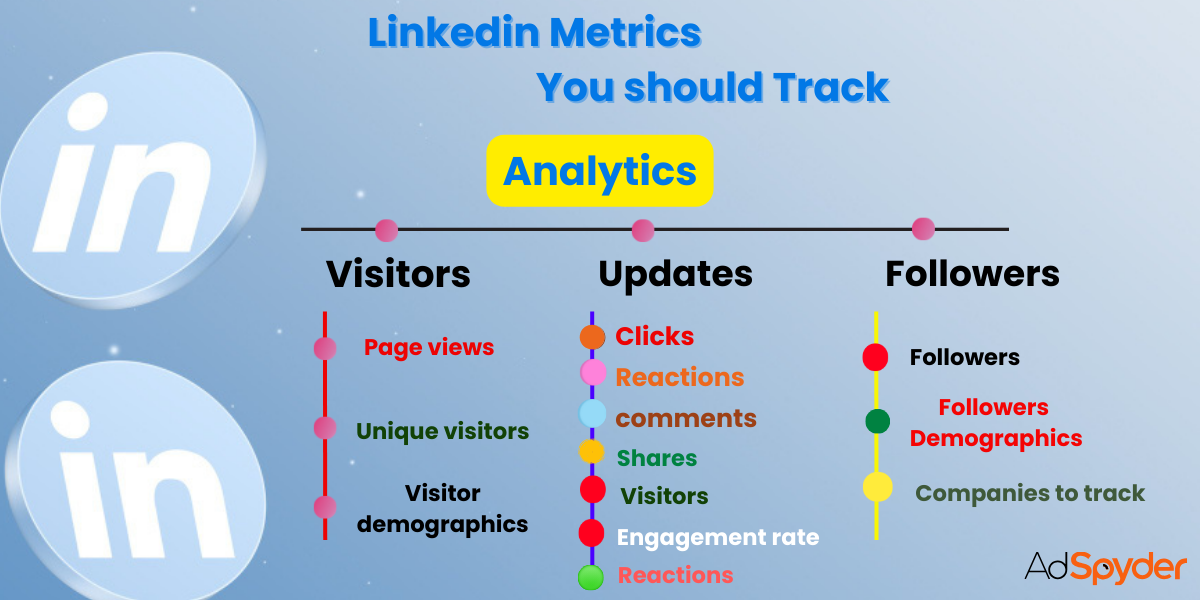
To win at LinkedIn advertising, focus on the key metrics that match your business goals. This strategy gives you clear insights into campaign success.
The Role of Metrics in LinkedIn Advertising
Metrics in LinkedIn advertising help us see if our ads are working. They tell us about traffic trends and where we need to make changes. Focusing on things like how many people do what you want them to do after seeing your ad and how much money you make back from your ad costs helps businesses do well.
- Data analysis and tracking performance help advertisers improve their ads for more clicks and actions.
- By paying attention to key details like click-through rates, cost per impression, and engagement rates, advertisers can create ads that connect better with people while spending money wisely.
- This smart approach leads to better business results by targeting the right messages to the right audience.
Aligning Metrics with Business and Campaign Objectives
To make your LinkedIn ads work well, you need to match them with your business goals. This means if you’re trying to get noticed by big company leaders or sell products to people working at top firms, every ad should have a clear goal.
- Setting SMART goals helps focus your strategy. These are goals that are specific, can be measured, are possible to achieve, matter to your business, and have a deadline.
- Picking the right key performance indicators (KPIs) is critical for keeping track of how well your campaigns do.
- If generating leads is what you’re after, look closely at conversion rates and how much each lead costs rather than just seeing how many times an ad was seen.
Since most people on LinkedIn make decisions for their companies, measuring how these users engage with and respond to your ads can really show if you’re succeeding. Matching these measures with your objectives makes it clearer whether or not your social media advertising efforts hit the mark and where changes might be needed for better results.
Click-Through Rate (CTR) on LinkedIn
The Click-Through Rate (CTR) on LinkedIn measures how often people click your ad once they see it. A high CTR shows your ads are effective and meet viewer’s needs.
Understanding the Importance of CTR in Measuring Engagement
CTR, or Click-Through Rate, measures how interested your audience is in your LinkedIn ads. It shows if your digital marketing grabs attention. High CTR means many people find the ad appealing and want to know more. This metric helps improve your marketing strategies on LinkedIn. By tracking CTR, you can see what works and change what doesn’t. This way, you connect better with your target audience, leading to more effective campaigns and higher conversion rates.
So, understanding CTR is crucial for anyone using LinkedIn to reach potential customers. It guides you in crafting messages and choosing targets that resonate with people’s interests.
Strategies for Improving CTR in LinkedIn Campaigns
To boost your LinkedIn campaign’s Click-Through Rate (CTR), try these steps:
- Make sure your landing pages fulfill the ad’s promise. This makes users more likely to click.
- Create clear, engaging call-to-action (CTA) buttons. They should be easy to see and encourage clicks.
- Simplify your site’s navigation and improve loading times. A smoother experience leads to more action from users.
- Use content that speaks to your audience’s interests, guided by insights from past campaigns. This drives engagement.
- Stand out in the LinkedIn feed with dynamic ads like videos or carousels, raising interest levels.
- See which ad messages get higher CTRs by analyzing data; then refine your approach based on what you learn.
- Test different images, headlines, and descriptions to find out what grabs attention best.
- Target your ads better by segmenting your audience, making messages feel more personal and relevant.
- Apply A/B testing to CTAs and landing pages among other elements, helping pinpoint areas for improvement.
- Look at competitor ads for ideas on connecting with your target audience while keeping your messaging unique.
Follow these strategies for better click rates and engagement in your LinkedIn campaigns.
Cost Per Impression (CPI) on LinkedIn
Cost Per Impression (CPI) in LinkedIn advertising shows your ad cost for each view. A lower CPI means you can show your ad to more people without spending more money.
Evaluating Campaign Reach with CPI
Evaluating campaign reach with CPI, or Cost Per Impression, on LinkedIn measures ad spread. It shows the cost to display your ad 1,000 times. This metric tracks marketing effort efficiency and helps improve traffic analysis for better performance. Watching CPI lets advertisers tweak their strategies for more visibility within their budget.
- To boost CPI in LinkedIn ads, focus on targeting accuracy and ad relevance.
- Accurate targeting hits the right audience, making impressions more meaningful at a lower cost. Making ads more relevant through messaging refinement increases engagement rates and strengthens audience connections without extra costs.
These steps not only improve CPI but also lead to higher conversion rates and ROI, enhancing digital marketing campaign cost-effectiveness overall.
Tactics for Optimizing CPI in LinkedIn Advertising
To make your LinkedIn ads reach more people while saving money, follow these steps. They help you check how well your ads are doing and get more folks interested.
- Use LinkedIn’s tools to pick out who sees your ads. Aim for people by their job, what industry they work in, and the size of their company.
- Make your ad pop with eye-catching pictures and clear words that get people to notice quickly.
- Try out different kinds of ads like sponsored content or message ads to find what grabs your audience best.
- Compare different versions of your ad with A/B testing. Change up headlines, pictures, and buttons to see what clicks.
- Begin with automatic bidding on costs; then switch to manual to take control based on what you’ve learned.
- Keep an eye on how well your ads are doing. Spot problems or chances to do better fast.
- Tweak campaign settings using insights from LinkedIn’s tool. You might hone in on a specific group or change up the ad design.
- Post ads when your audience is most likely online for more views.
- Watch how changes affect ROI over time; this shows if tweaking CPI is helping overall success.
After making sure you’re not spending too much per view, it’s smart to also focus on turning viewers into customers for a complete strategy.
LinkedIn Ads Conversion Rate
Conversion rates show how well LinkedIn ads change clicks into actions. Bettering this number helps your campaign make more money.
Measuring the Effectiveness of LinkedIn Ads in Driving Actions
To see if LinkedIn ads are working, look at conversion rate optimization. This shows the number of people who take action after seeing your ad. A high conversion rate means more viewers become leads or customers.
- Make your ads fit what your audience likes and needs to increase conversions.
- Getting clicks is just the start. You also need to know what people do after they click. Use feedback and surveys to check customer satisfaction and improve your methods. If you’re making a positive return on investment (ROI), it means your LinkedIn campaigns are doing well.
- They’re grabbing attention and getting people to take actions that help your business grow.
- Using customer reviews and insights helps understand how effective your marketing is. This feedback can guide changes to attract more customers or make current ones happier.
Enhancing Conversion Rates for Better ROI
Make landing pages better so people want to buy or sign up.
- Make your buttons grab attention fast.
- Keep costs low but make sure customers bring in more money over time.
- Get customers to come back by targeting them with special offers.
- Speed up your website and make it easy to use to get more sales.
- Try different strategies with A/B testing. Find what works best without spending too much.
- Look at data often to see what’s working and what’s not for better ROI.
- Change ads based on what users like and do for higher engagement.
- Watch how well you’re getting leads and change plans if needed for better results.
By doing these things, businesses can get a stronger ROI from LinkedIn ads by turning more views into actions.
Check out: Most Captivating Linkedin Ad Campaigns 2024: Best Examples and Insights
Average Cost Per Click (CPC) on LinkedIn
The Average Cost Per Click (CPC) on LinkedIn tells you what you pay for each ad click. Managing your CPC well can cut costs and help you reach the right people.
Analyzing and Managing CPC for Cost-Effective Campaigns
To manage CPC on LinkedIn smartly, keep track of the money spent for each ad click. Look carefully at how you bid, the quality of your ads, and who you’re trying to reach. Changing these things can make your CPC go down but still keep your ads doing well.
Focus on reaching the right people and try different types of ads to see which works best without spending too much. Always check your campaign’s progress to find ways to be more efficient with your budget without losing quality.Comparing your average CPC with others in your field helps you know if you’re on the right track.
By staying sharp and making little tweaks based on what you learn, managing PPC for cost-effective campaigns gets better over time. Knowing about metrics like network size, total connections, new invitations received, profile views, engagement levels, interactions, and business leads gained from LinkedIn can guide improvements too.
Best Practices for CPC Optimization
Making your Average Cost Per Click (CPC) on LinkedIn lower helps you use your ad money smartly. You want to get the most out of every dollar while keeping ads effective.
- First, decide what you want each campaign to achieve; this aims your CPC work in the right direction.
- Targeting is key. Pick who sees your ads on LinkedIn carefully so people more likely to click will see them.
- Try out various ad styles and content to find which gets better CPC results.
- Look at when people are most active and show your ads then for more clicks.
- Keep an eye on how well campaigns do and change bids if some ads do better than others.
- Use A/B testing with different headlines, pictures, and actions to call for cost-saving methods.
- Update keywords often using data from past performances to target smarter.
- Choose manual over automatic bidding for tighter control over what you pay per click.
- Make sure landing pages are good quality. This boosts conversion rates and lowers CPC by making ads more relevant.
- Tap into LinkedIn’s tools for insights on where traffic comes from. This guides where to put money best.
- Aim for engaging, high-quality content as it can help drop CPCs by making ads more relevant.
These steps ensure that every cent of your advertising budget goes further in reaching customers while improving overall campaign health through careful strategy and optimization.
LinkedIn Ad Impressions
LinkedIn Ad Impressions show how many times people see your ads. They help you know if your campaign is reaching enough people.
The Significance of Ad Impressions in Campaign Reach
Ad impressions show how far a LinkedIn campaign reaches. They count each time an ad shows up for users, helping measure the campaign’s ability to get noticed and reach more people.
When impressions are high, it means the ad is getting lots of exposure. This can lead to more people engaging with it and expanding its marketing power. “Impressions create awareness; awareness sparks interest; interest leads to action.”
To make ads more effective, managing impressions well is key. It helps ads appear more often and ensures they connect with the right audience. Marketers use impression tracking to sharpen their strategies and boost campaign success.
With this information, they can better grab their target audience’s attention on LinkedIn.
Maximizing ad exposure through smart impression management is crucial.
Maximizing Exposure through Effective Impression Management
To maximize exposure on LinkedIn, manage ad impressions well. This means improving visibility, influence, and brand reach to attract a broader audience.
- Make high-quality content that your target audience will find valuable. Good content gets more engagement and shares.
- Target your ads so the right people see them. LinkedIn lets you choose who sees your ads based on their job and interests.
- Check how much traffic your ads get and how people interact with them. If many people engage with an ad, it’s likely relevant and will be shared more.
- Make sure your ads and the pages they link to are set up to turn viewers into actions. More interactions mean better exposure.
- Use analytics tools to see how well your LinkedIn ads are doing. Knowing which numbers matter helps improve future ads.
- Test different versions of your ads (A/B testing) to find out what works best in terms of messages, images, and calls-to-action.
- Add video content to keep viewers’ attention longer. Videos can help get your message across more effectively.
- Try using LinkedIn Sponsored Content for a wider spread beyond just your contacts. This paid option increases visibility on the platform.
- Always respond to comments and shares on your ad posts. It builds community and tells LinkedIn’s algorithm that people like what you’re posting, possibly boosting its reach further.
- Change up your ads based on what has worked in the past according to user feedback and trends.
By combining creative tactics with data insights, these steps help increase ad exposure through smart impression management on LinkedIn.
Techniques for Accurate Impression Tracking
Maximize your LinkedIn ads by tracking impressions correctly. This helps you know how your ads perform and guides you to make better ones in the future.
- Check ad impressions daily using LinkedIn’s own analytics tools.
- Use other analytics programs for deeper looks into how well campaigns are doing.
- Have clear goals for every campaign so impression data matches what you expect.
- Break down your audience to see which groups notice your ads most.
- Try out various ad styles and content to discover what draws more attention.
- Tweak bid strategies with fresh impression data to boost how often people see your ads.
- Find out which times and days get the most views for smart scheduling.
- Look at impression trends over time to spot changes in who’s paying attention.
- Start A/B testing on a small scale before fully launching, checking possible impression rates first.
Utilizing Impression Data for Strategic Insights
Impression data shows how often people see ads. This helps marketers know if their brand is getting noticed. They can change their campaigns to get better results. Finding out which channels bring in the most viewers is key for improving ads.
By looking at impression data, marketers learn about audience interest. High views mean lots of interest. Knowing this, they can focus on the best traffic sources to increase ROI. Being able to change goals with market shifts keeps advertisers competitive. In short, analyzing impression data boosts audience engagement and brand awareness. It also helps in monitoring campaign performance and making smart changes for better exposure.
Engagement Rate on LinkedIn Ads
The Engagement Rate on LinkedIn Ads measures how often people click, share, or comment on your ads. Boosting this rate can lead to more successful campaigns.
Gauging Audience Interaction with Your Ads
Measuring ad engagement is key. Look at how long people stay, if they leave quickly, and how many pages they see. These points tell you if your content grabs their attention. If engagement is high, your ads are hitting the mark. To boost viewer interest, watch these metrics closely. They show what’s working and what’s not in your campaign. Change your ad copy or images to improve results. Ads that catch the eye keep viewers around longer and push them to act, making your campaign more effective.
Tactics to Boost Engagement Rates on LinkedIn
Boost your LinkedIn campaign’s success by improving engagement rates. Here’s how:
- Create posts that ask for feedback, questions, or opinions to spark active participation and increase interaction rates on LinkedIn.
- Share stories in your posts to emotionally connect with your audience, making them stay longer on your content.
- Add high-quality images or videos to catch more eyes. Visuals lead to more likes, shares, and comments.
- Keep posting quality content regularly. This keeps your brand in mind and provides useful information for your audience.
- Reply quickly to comments on your posts. This makes people know you value their input and encourages more interaction.
- Use LinkedIn polls to collect opinions or preferences. This helps followers feel heard and boosts post interactions.
Now, let’s look at some strategies:
- Post thought-provoking industry news or insights. It sparks conversations among professionals in your field.
- Find out when most of your audience is online. Post during these times for the best visibility and engagement on Linkedin Ads.
- Try different types of content like articles, infographics, or short posts. See what works best for engaging with audiences
All these steps help keep sessions long through interesting content cut down bounce rates by holding attention high , boost page views per session by interacting rightly
Return on Ad Spend (ROAS) on LinkedIn
Calculating ROAS shows how much profit your LinkedIn ads make after spending money.
Calculating and Enhancing ROAS
To find out ROAS on LinkedIn, just split the money made from ads by how much you spent on them. A good ROAS means you’re making more money than what’s going out.
Boosting your ROAS takes smart changes. Aim your ads at the right people and make your ad content better to get more folks clicking through. By cutting down the cost it takes to get a new customer (CPA) and getting more value over time from each customer (CLV), you increase both profits and marketing smarts on LinkedIn—the top spot for professional networking.
Strategies for Maximizing LinkedIn Advertising ROI
Maximize LinkedIn Advertising ROI by focusing on performance. A good return shows your campaigns make more money than they cost.
- Make sure ad goals help achieve business success.
- Keep the cost to get new customers lower than what they will spend over time to increase profits.
- Target customers who are likely to come back and spend more, raising revenue without upping ad costs.
- Check ROI often to see how your ads do and where you can do better.
- Use LinkedIn’s tools to see who acts on your ads for clear results.
- Test different ads and content to find what’s most cost-effective in terms of views and clicks.
- Create engaging ads that speak to your audience, boosting clicks and lowering costs.
- Look at how many people see your ads and tweak strategies for wider reach.
- Try A/B testing a lot to refine elements based on engagement stats.
- Boost ROAS by moving funds towards better-performing ads while stopping the weaker ones.
- Build targeted lead-gen campaigns that turn leads into profits directly improving revenue generation.
- Set specific KPIs for tracking LinkedIn advertising outcomes for ongoing optimization based on actual data.
These steps aim at balancing spending with earning from LinkedIn ads, lifting advertising ROI efficiently.
Lead Generation and Conversion Metrics
Monitor your LinkedIn advertising to see how effectively it converts viewers into leads and boosts sales.
Tracking and Improving Lead Generation Performance
To track and improve how LinkedIn ads turn viewers into leads, look at key metrics. These include traffic volume, conversion rate, cost per acquisition (CPA), and customer lifetime value (CLV).
They help measure your success. Also, watch engagement rates to see how people interact with ads. More interaction often means better conversions.
Make your content and ad spending smarter by using these metrics. Change your strategies based on the data to get better marketing results and check ROI carefully. Pick social media platforms wisely for advertising to increase ROI.
Converting Leads into Valuable Business Outcomes
Turning leads into valuable outcomes boosts ROI. This means making potential customers loyal to increase their value over time.
- Check how many visitors do what you want them to do. This tells you if your campaign works.
- Watch how much people interact with ads and click on them. This shows if ads connect with the audience.
- Keep the cost of getting customers lower than their lifetime value for a good ROI.
- Pay attention to how many leads become buyers.
- Consider the cost of finding new customers since it impacts profits.
- Aim for a high customer lifetime value by providing top-notch products and services that keep customers coming back.
- Build repeat business by keeping in touch with clients through effective ways of communication.
- Use data on how people engage with your content to fine-tune ad strategies, matching what your audience likes.
- Make ad content better for more conversions, ensuring calls-to-action are clear and grab attention.
- Regularly review how well lead generation works and make changes quickly for improved results.
These steps help turn LinkedIn advertising efforts into real benefits, increasing both ROI and customer lifetime value while building strong relationships with customers.
Key Performance Indicators (KPIs) for LinkedIn Ads
Selecting accurate KPIs for LinkedIn ads is crucial. It shapes your advertising strategy and measures campaign success clearly.
Setting the Right KPIs for LinkedIn Advertising
To get the most out of LinkedIn advertising, match your key performance indicators (KPIs) with your goals. This helps you track success accurately. Important KPIs like conversion rate, click-through rate (CTR), and cost per click (CPC) are vital.
They track traffic changes, measure audience interest, and improve ad performance for better return on investment (ROI). Connecting these metrics to business results shows how well your LinkedIn marketing works.
Regularly update your KPIs based on data to boost customer happiness and achieve stronger outcomes. Pay extra attention to metrics that reveal lead generation and conversion rates too.
This sharp focus helps you use LinkedIn ads more effectively and make landing pages hit harder.
Monitoring and Adjusting KPIs for Ongoing Success
Keep an eye on your LinkedIn ad KPIs to stay ahead. Make sure your campaigns hit their goals and keep up with new trends.
- Start with SMART goals: They need to be Specific, Measurable, Achievable, Relevant, and Time-bound.
- Focus on session duration, bounce rate, and page views per session: These show how well your website engages visitors.
- Always check ROI: A strong ROI means you’re earning more than you spend on campaigns.
- Adjust based on data: Use what the numbers tell you to improve campaign results.
- Be ready to change goals: Trends shift and platform algorithms evolve. Your strategies should too.
- Watch metrics closely: Quick reactions to data can lead to smarter strategy changes.
- Evaluate often: Regular checks pinpoint improvement areas and fine-tune how you use your budget.
- Change KPIs when needed: Your KPIs must evolve with your business objectives for continuous alignment.
By sticking to these steps, you’ll keep refining your LinkedIn ads for better performance.
Conclusion
Boost your LinkedIn advertising skills by tracking these eight key metrics. They help you sharpen your strategies and increase ROI. Connect with your audience better and use what you learn to improve results. These metrics guide you to great success in LinkedIn marketing. Don’t forget about who’s seeing your ads with campaign demographics data. It lets you know if you’re reaching the target audience who might buy what you’re offering. Use A/B testing metrics too – they compare different versions of an ad to see which works best, helping refine future efforts.
Lastly, keep an eye on overall engagement – likes, shares, comments – as it signals a strong connection between viewers and content.
